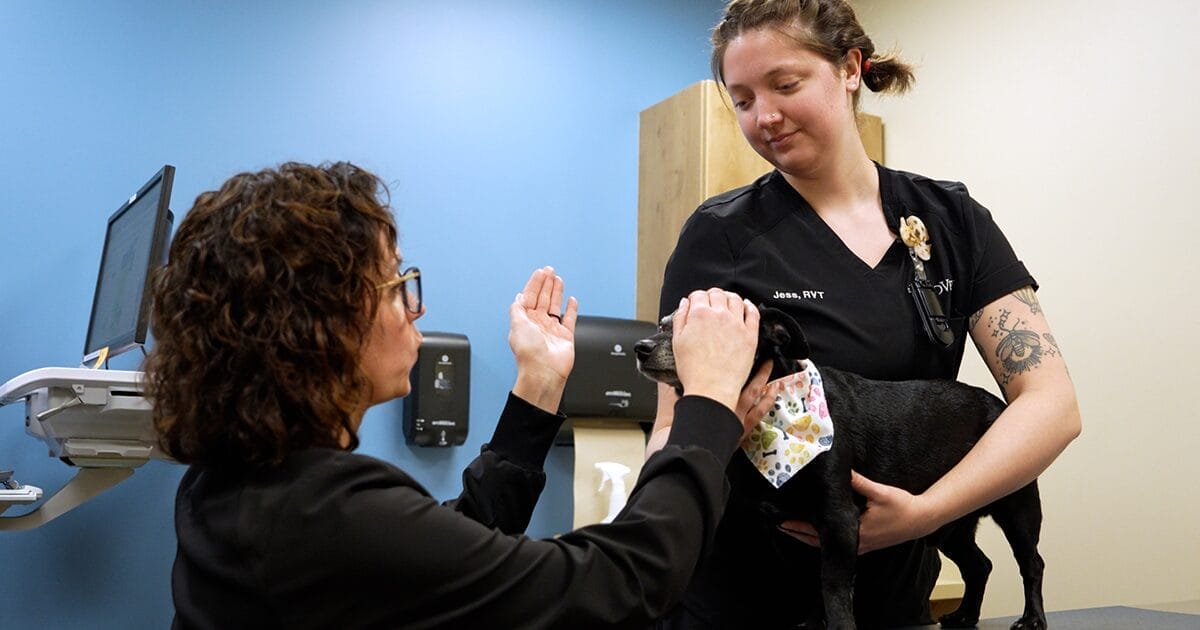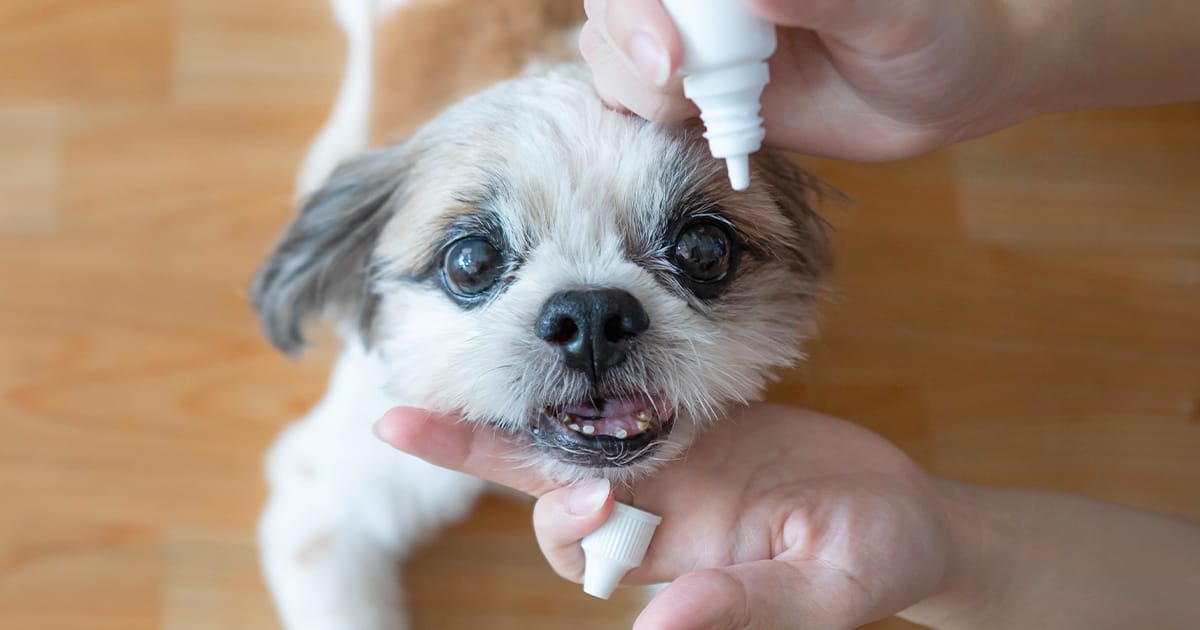
Caring for Your Blind Pet: Nine Tips to Improve Their Quality of Life
Adjustments to their environment can help blind pets lead fulfilling lives. Here are nine tips to make your blind pet’s life easier.
As pet owners, we want nothing more than to ensure the happiness and wellbeing of our furry companions. When caring for a blind pet, it’s important to remember that they can lead fulfilling lives with just a few adjustments to their environment. By following some simple guidelines, you can help your blind dog or cat navigate their world with confidence and ease. These nine tips can help make your blind dog or cat’s life easier and safer.
Maintain a Consistent Environment
Blind pets heavily rely on their memory and familiarity with their surroundings. To avoid confusion and disorientation, try to keep their environment as consistent as possible. Avoid rearranging furniture or making significant changes to their living space. If you do need to make changes, be patient and give your pet time to adjust and memorize the new layout.
Teach Them to Walk with a Harness or Lead
Walking your blind pet can be a wonderful bonding experience, but it’s important to ensure their safety. Invest in a comfortable harness or lead specifically designed for blind pets. This will allow you to guide them and prevent any potential accidents. Additionally, start incorporating more voice commands during walks to help them navigate obstacles (curb, steps, etc.) and understand when to slow down, wait, or be cautious.
Create a Safe Outdoor Space
If you have a yard, consider fencing in a small area specifically for your blind pet. This will provide them with a safe and familiar space to explore and exercise. By keeping the environment constant, you minimize the risk of them getting lost or injured. Remember to regularly inspect the fencing to ensure it remains secure.

Pool Safety
If you have a pool, take precautions to prevent your blind pet from accidentally falling in. Install a fence around the pool area or use a pool cover to eliminate any potential hazards. Never leave your blind pet unattended near the pool, as they may not be able to navigate the area safely.
Encourage the Use of Other Senses
Blind pets rely on their heightened senses of hearing and smell to navigate the world. You can help them adapt by providing toys that make noise or have distinct scents. This will engage their senses and make playtime more enjoyable. Additionally, consider applying scents to the legs of furniture to help them recognize their location within the house. Another great way to enhance their quality of life is by introducing a companion pet. A sighted furry friend can serve as a guide, relying on their hearing and smell to lead the way.
Monitor Eye Health
If your pet is blind due to cataracts, it’s important to monitor their eye health regularly. Keep a close eye on any changes in their eyes, such as reddening of the white area, an increase in eye size, or pawing at the eyes. These could be signs of glaucoma (high pressure) or uveitis (inflammation), both of which are painful conditions. If you notice any concerning changes, consult your veterinarian promptly. They may recommend that your pet see a veterinary ophthalmologist who undergoes three to four years of additional training focused on understanding and treating eye conditions and are certified by the American College of Veterinary Ophthalmologists.

Encourage Regular Exercise
Exercise is essential for all pets, including blind ones. Regular physical activity helps prevent excessive weight gain and keeps them mentally stimulated. Whether it’s playing in a fenced yard or going for walks on a leash, find activities that your blind pet enjoys and incorporate them into their daily routine. You can help your pet on walks by attaching a bell to your shoelaces or pantleg – this will help them follow you.
Maintain Consistent Feeding Locations
To avoid confusion during mealtime, keep the position of your pet’s food and water bowls consistent. If you need to change their location, help your blind pet find and learn the new spot by guiding them with your voice or gently placing their paws near the bowls.
Address Behavioral Changes
Sudden blindness can sometimes lead to behavioral changes such as aggression, depression, or fear. It’s important to be patient and understanding during this adjustment period. Avoid stressing or scaring your pet and educate family members, especially children, about their new condition. Teach them to approach the pet gently and alert them before petting or grabbing them.

Caring for a blind pet requires patience, understanding, and a few adjustments to their environment. By following these guidelines, you can ensure that your furry friend continues to live a happy and fulfilling life. Remember, their blindness does not define them, and with your love and support, they can overcome any obstacles that come their way.
Learn more about veterinary ophthalmology.
FAQs
Can my blind dog or cat lead a “normal” life?
What are some things I need to know to care for a blind pet?
How do I keep my blind pet safe?
Contents


